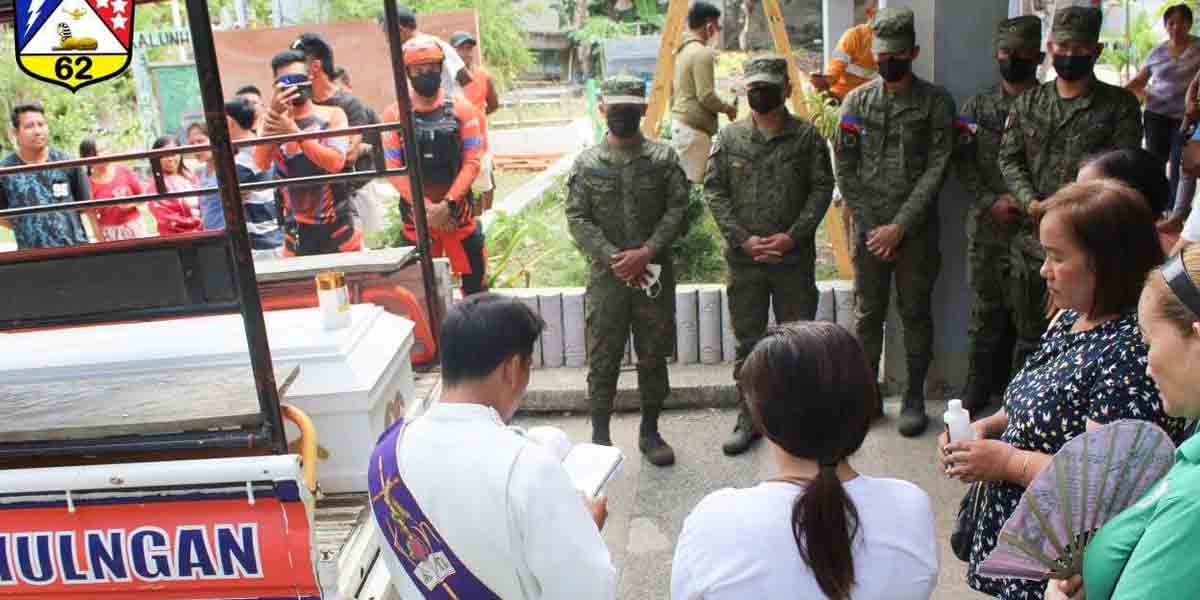By Artchil B. Fernandez
The Middle East is once again in the brink of precipice after the horrific attack of Hamas on Israel last week. The attack which killed 1,300 Israeli civilians and security personnel is the deadliest assault on Israel in decades. That it happened in the 50th anniversary of the Yum Kippur War where Israel also suffered significant losses added historical twist to the latest act of violence in the volatile region.
When news of the shocking Hamas incursion into Israel broke out, there was an outcry on the scale of violence inflicted on Israeli civilians. The initial global reaction tilted on the Israeli side of the conflict. The western media quickly seized this slice of reality and depicted it as the total representation of the Israeli-Palestinian situation. Context and history of the conflict are blatantly ignored if not buried.
Fundamental questions are never asked – “What is the root cause of the Israeli-Palestinian conflict? How did we get here (October 7)? What are the material conditions that created the horrors of October 7 and in what way did they contribute to the incident?
If one digs deeper, excavates and shifts through the multi-layered issues and stories, what accounts for the October 7 atrocity is Israeli impunity and global apathy. October 7 is an accumulation of more than half a century of Israeli impunity and global apathy which largely defines the Israeli-Palestinian conflict (modern times).
On November 29, 1947 the United Nations General Assembly (UNGA) unanimously adopted Resolution 181 calling for the creation of an independent Jewish and Palestinian States in the Middle East. The UN partition gave 56 percent of the land to Jews while the Palestinians got 44 percent despite being the majority in the area.
Extremists on both sides claiming all lands belong to them rejected the partition which was followed by the 1948 Arab–Israeli War a day after the Israeli Declaration of Independence. In the aftermath of the 1948 war Nakba or the “catastrophe” happened where 700,000 Palestinians who lived in 80 percent of Israel today were expelled from their homes, their lands taken from them. This set the tone of the conflict in the decades to come. A Jewish state was established but not a Palestinian state.
After decades of skirmishes come the Oslo Accords (1993, 1994 & 1995) where the main protagonists – the Israeli government and Palestinian Liberation Organization (PLO), agreed to recognize each other and work for peace. Note that while PLO finally accepted the existence of the State of Israel, the Israeli government merely recognized PLO as the “the representative of the Palestinian people.” The Oslo Accords did not explicitly endorse a two-state solution in accordance to UNGA Resolution 181 but merely created “self-governing institutions” in Gaza and West Bank. A Palestinian state remains a dream to the Palestinians.
Meanwhile sporadic violence continues to erupt as Palestinians struggle for the creation of their own state. The First Intifada (1997-93) and the Second Intifada (2000-05) were launched to protest not only Israeli occupation of Gaza and West Bank but also as a form of resistance to “beatings, shootings, killings, house demolitions, uprooting of trees, deportations, extended imprisonments, and detentions without trial” (Ackerman; DuVall 2000) of Palestinians by Israeli Defense Forces (IDF). It was during the First Intifada that Hamas was formed.
The rise of right-wing government in Israel worsened the situation for the Palestinians. Netanyahu and his officials not only are against the “two-state solution” but are determined to occupy all lands and expel the Palestinians. The current Israeli government occupied and annexed Palestinian lands (in violation of UN resolutions and international law) with impunity and instituted a system of apartheid. Two set laws govern the area – one for Israelis and another for Palestinians and like black South Africans before, Palestinians are treated not only as second class citizens but even less.
Amnesty International (AI) 2022 report on Israel’s apartheid against the Palestinians called it a “cruel system of domination and crime against humanity.” AI concluded that “Israel has perpetrated the international wrong of apartheid, as a human rights violation and a violation of public international law wherever it imposes this system…almost all of Israel’s civilian administration and military authorities, as well as governmental and quasi-governmental institutions, are involved in the enforcement of the system of apartheid against Palestinians across Israel…” These findings of AI were confirmed by Human Rights Watch and the UN Special Rapporteur on the Situation of Human Rights in Palestine. UN Special Rapporteur also noted ethnic cleansing by Israel.
Did we hear outrage and condemnation from the global community on the current occupation and annexation of Palestinian lands or criticism on the system of apartheid imposed by Israeli government? Was there anger and rage on the crimes against humanity perpetrated against Palestinians by Israeli authorities from western media? There is NONE, only deadly silence and the apathy emboldened Israeli impunity.
Gaza Strip is a 141-square mile land packed with 2.2 million people, more than half of them children. The UN declared it as the largest open-air prison in the world. Israel imposed land, sea, and air blockade on Gaza for 16 years denying the people there of basic services like water, electricity, education, and other essential necessities. What does the right-wing Israeli government expect after brutally caging millions of Palestinians under the most inhuman condition – a thank you card and certificate of appreciation?
To end the cycle of violence, the root cause of the conflict must be addressed. Israel’s security is tied to Palestinian rights. Only when the rights of the Palestinians are recognized and respected can the Israelis have their security. At best this is possible when both Israeli impunity and international apathy end.





















